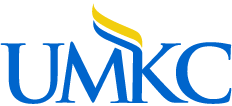Page Decommissioned
Chances are, if you are visiting this website you are looking for institutional data about UMKC. Our goal is to provide you with the data and information you are seeking in the most accurate, efficient manner possible.
Please visit our new page Office Of Planning, Analysis and Decision Support

